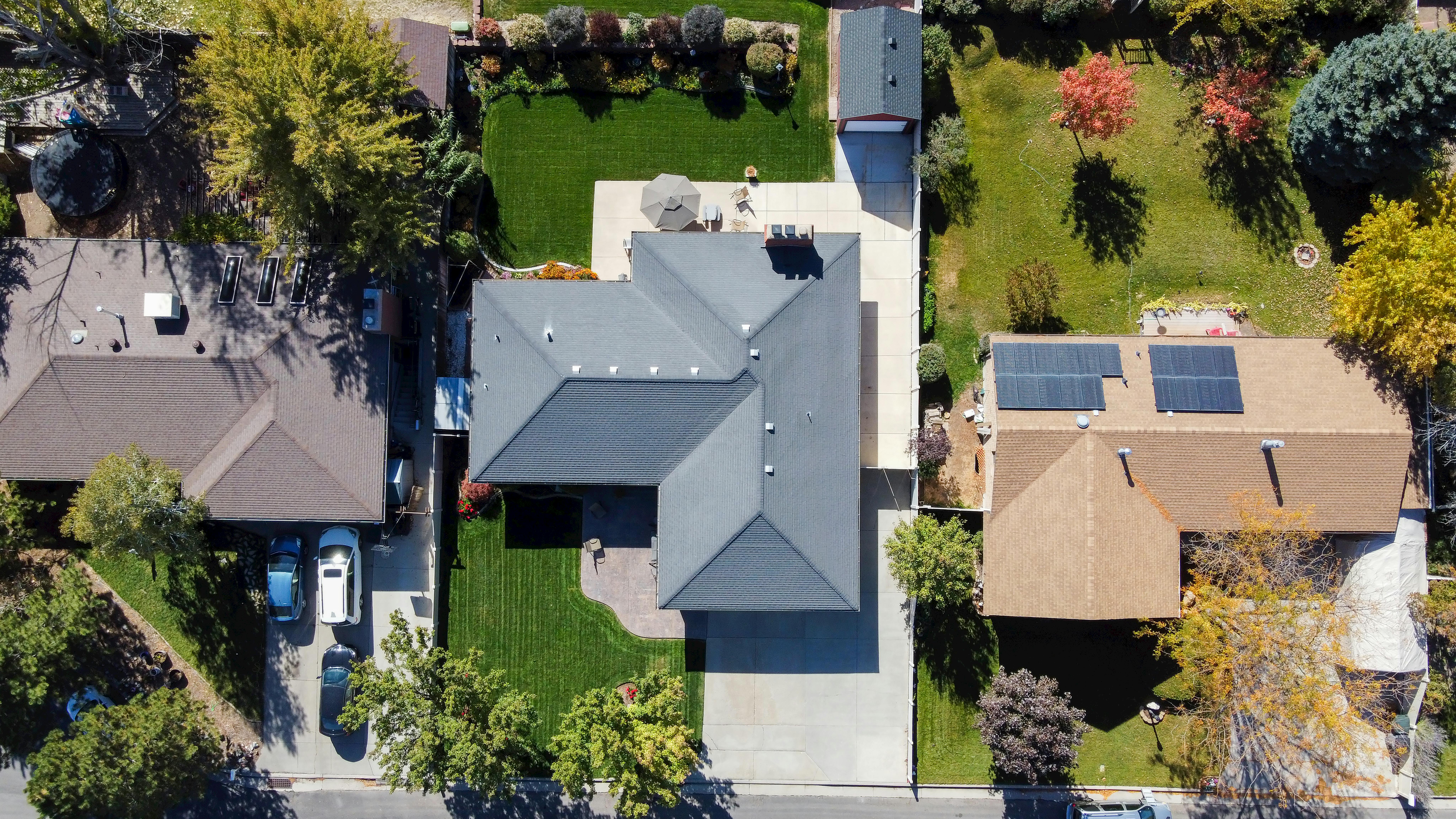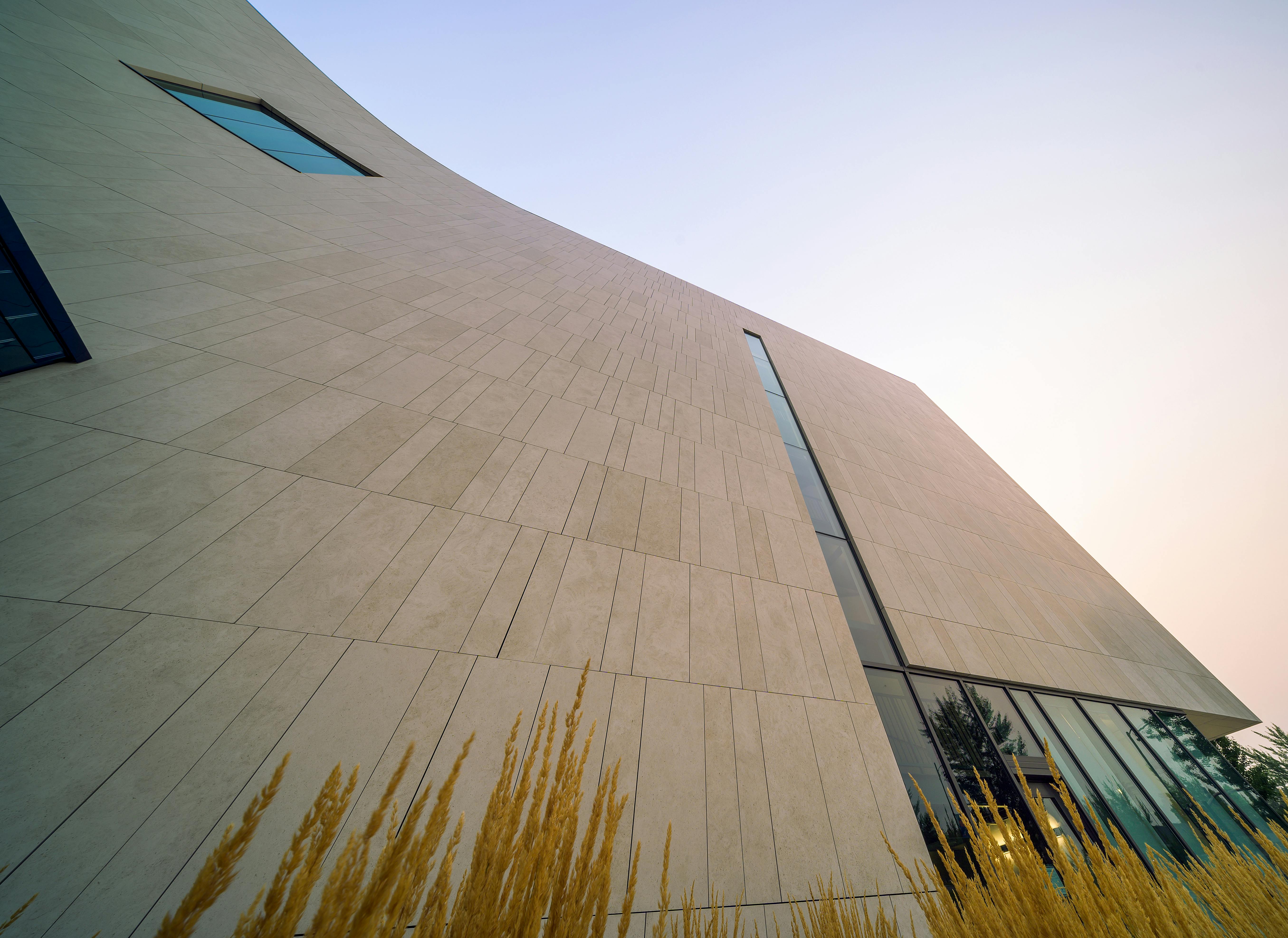The energy performance of most buildings can be improved with insulation, including those made of earth, such as adobe and earthbag structures. Although most earthen structures are located in hot, dry climates, there is a growing demand for low-cost, environmentally friendly earthen construction techniques in cold climates. This article explores three innovative methods of insulating buildings with earthbags, which extend their construction range to cold regions.
Most earthbag buildings use polypropylene grain sacks filled with earth. The bags are filled, stacked in level courses, and then rammed solid. One or two strands of barbed wire between rows bind the bags together and increase tensile strength. The construction process using insulation-filled earthbags as described here would be much the same, although the bags would weigh significantly less and speed up construction considerably.
Unlike other methods of earth construction, earthbag construction has the unique advantage of providing thermal mass or insulation and can therefore be adapted to cold climates with an insulated fill material. Slag, pumice, perlite, vermiculite, or rice hulls are suitable insulating materials. These materials are natural, light, easy to work with and non-toxic. They will not burn or rot and will not attract insects or vermin. Additionally, slag, pumice, perlite, and vermiculite are not adversely affected by moisture and can be used as part of structures with earth berms.
The following table compares the approximate R-values of three sustainable insulation materials that could be used in earthbags. (The first column of the table is the insulation value per inch; the second column shows the R-value for a typical 15″ thick earthbag wall.)
Material — R-Value/Inch — R-Value/15″
Rice husk — R-3 — R-45
Perlite — R-2.7 — R-40
Vermiculite — R-2.13 — R-32 to 36
(Source: Wikipedia Encyclopedia.) http://en.wikipedia.org/wiki/R-value_(isolation)
1) The first method of insulating buildings with earthbags uses bags completely filled with insulation. The main advantage of this method over the other methods described below is the ease of construction. The walls are pocket wide and completely filled with insulation. The thick earth or lime plaster on the interior provides thermal mass to help stabilize interior temperatures.
A demonstration house was built using this method in Crestone, Colorado, out of slag-filled earthbags. Scoria is also known as volcanic rock or lava rock. Due to its volcanic origin, the slag is full of tiny air spaces, which makes it a good insulator. Although the R-value of the slag is debatable, the owner claims that these earthbag walls are comparable to straw bale walls at around R-26 to R-30. This estimate includes 5″ of papercrete at approximately R-2/inch.
2) Another method of insulating buildings with earthbags uses tube sandbags, also called traction tube sandbags, which are typically used to improve automobile traction on snowy or icy roads. (The bags are sold to add weight to the traction of the vehicle). This method involves stacking insulation-filled tubular sandbags on the outside of the earthbag walls, thus creating a double wall.
Tube-filled sandbags provide about 10″ of insulation, which is perfect for many climates—not too much, not too little. Again, slag, pumice, perlite, vermiculite, or rice hulls could be used for insulation Perlite would be my first choice due to its high R-value (R-2.7×10″=R-27) and resistance to moisture damage, although the final decision must be weighed against other locally available natural materials and Low cost.
3) A third possibility is to add a seam along the earthbags to divide them into two compartments. The outer part could be filled with insulation; the inner part with earth. Like the other systems described here, this would create an insulated wall with thermal mass inside. For many situations, especially structures in moderately cold regions, this is an ideal wall system.
Seam placement may vary, depending on the weather. In a temperate climate like New Mexico, about 4″-5″ insulation on the outside would suffice. This would provide about R-10 insulation. In slightly cooler weather the seam could go down the middle (50% insulation / 50% flooring). In extremely cold or very hot climates I fill the bags with 100% insulation (or all the ground in a hot climate if insulation is not available).




